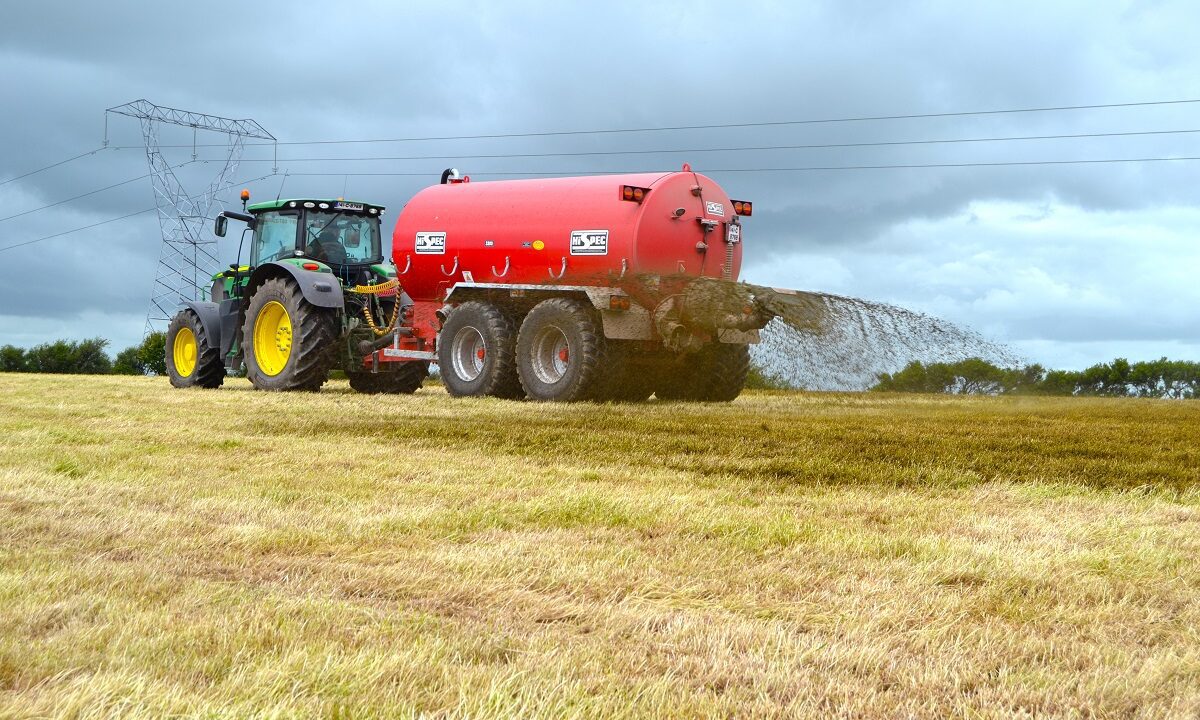Many farmers took advantage of the good spell of weather over recent weeks to save first-cut silage.
While rain over the past number of days will halt proceedings for now, those who harvested a first cut – and plan to cut a second – must now turn their attention to growing the best crop possible.
When it comes to supplying adequate nutrients for second cut, farmers should aim to make the best use of slurry; application rates of 2,500-3,000 gallons per acre are advised.
Pig slurry may also have a role to play at farm level and, if obtainable, it could be used to provide valuable nutrients to a grass crop. Teagasc work suggests that 1,000 gallons of pig slurry (4% dry matter) should contain 21 units of N, 7 units of P and 20 units of K.
Where slurry is used to bolster nutrients, a time lag of five-to-seven days should be applied between slurry and artificial fertiliser applications to reduce the risk of nutrient losses.
If slurry has been applied, farmers must then work up to 70 un/ac of N on old permanent pasture or 80 un/ac on recently reseeded ground or swards containing a high proportion of perennial ryegrass.
- Index 1 soils: 24 un/ac (30kg/ha) of P and 56 un/ac (70kg/ha) of K;
- Index 2 soils: 16 un/ac (20kg/ha) of P and 40 un/ac (50kg/ha) of K;
- Index 3 soils: 8 un/ac (10kg/ha) of P and 28 un/ac (35kg/ha) of K;
- Index 4 soils: 0 un/ac (0kg/ha) of P and 0 un/ac (0kg/ha) of K.
In addition, grass silage crops have a requirement of 20kg/ha of sulphur (S). The application of S to soils where it is required will improve grass dry matter yields and quality; it helps to maintain an optimum N:S ratio and allows N to be used more efficiently.

